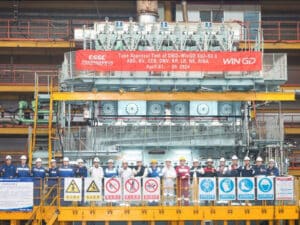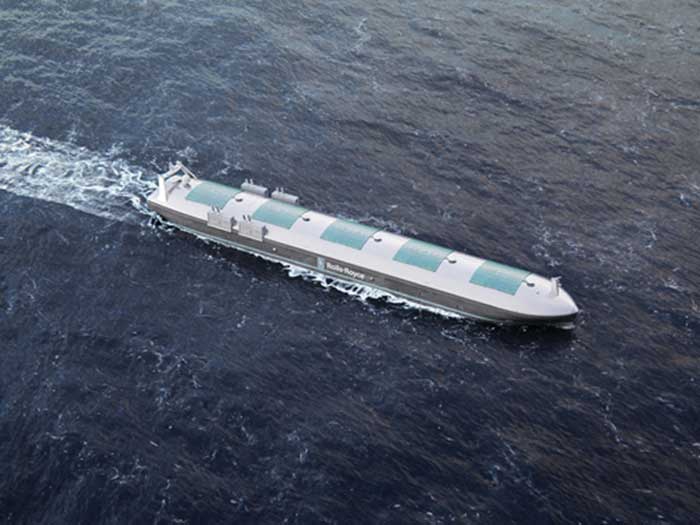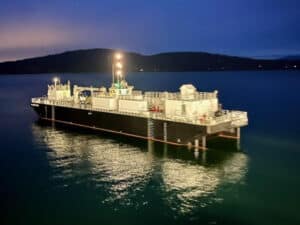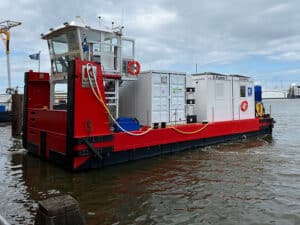
Rolls-Royce in new autonomous ship partnership
Written by Nick Blenkey
NOVEMBER 14, 2016 — Rolls-Royce and VTT Technical Research Center of Finland Ltd have entered a strategic partnership to design, test and validate the first generation of remote and autonomous ships.
Rolls-Royce is applying technology, skills and experience from across its businesses to is pioneer the development of remote controlled and autonomous ships and believes a remote controlled ship will be in commercial use by the end of the decade.
VTT’s expertise includes ship simulation and the development and management of safety-critical and complex systems in demanding environments such as nuclear safety. It combine physical tests such as model and tank testing, with digital technologies, such as data analytics and computer visualization. It will also use field research to incorporate human factors into safe ship design.
As a result of working with the Finnish telecommunications sector, VTT has extensive experience of working with 5G mobile phone technology and wi-fi mesh networks. VTT has the first 5G test network in Finland.
Working with VTT will allow Rolls-Royce to assess the performance of remote and autonomous designs through the use of both traditional model tank tests and digital simulation, allowing the company to develop functional, safe and reliable prototypes.
Karno Tenovuo, Rolls-Royce, Vice President Ship Intelligence, said: “Remotely operated ships are a key development project for Rolls-Royce Marine, and VTT is a reliable and innovative partner for the development of a smart ship concept. This collaboration is a natural continuation of the earlier User Experience for Complex systems (UXUS) project, where we developed totally new bridge and remote control systems for shipping.”
VTT Executive Vice President Erja Turunen, said: “Rolls-Royce is a pioneer in remotely controlled and autonomous shipping. Our collaboration strengthens the way we can integrate and leverage VTT’s expertise in simulation and safety validation, including the industrial Internet of Things, to develop new products and in the future, enable us to develop new solutions for new areas of application as well.”





Leave a Reply
You must be logged in to post a comment.